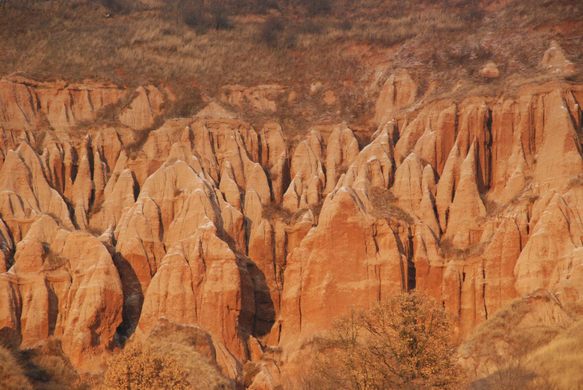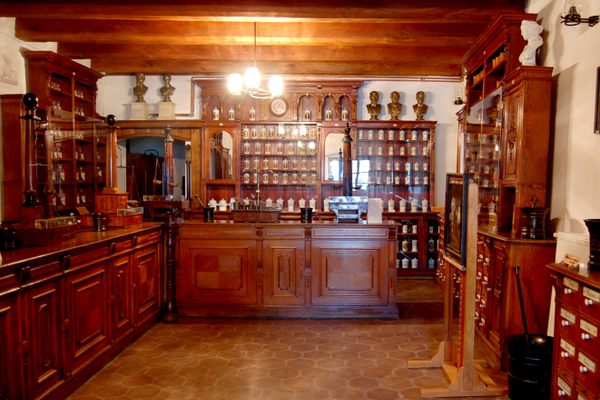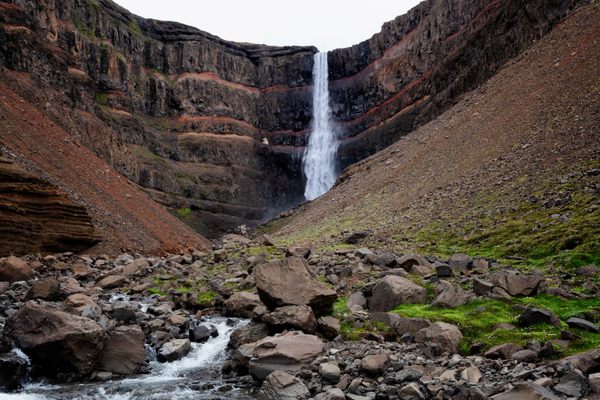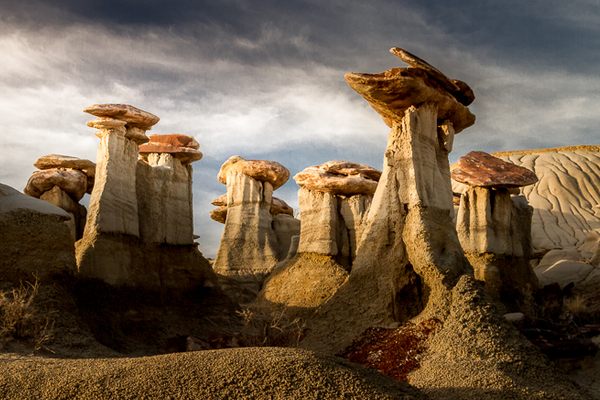Râpa Roșie
Romania's "Red Ravine" is a little-known natural wonder that bears a resemblance to the Grand Canyon.
Romania’s beautiful landscape features the Carpathian Mountains, the Danube Delta, and miles of coastline along the Black Sea. But one spot, just outside Sebeș, is interrupted by a jagged red anomaly. The city is guarded by the steep walls of the Râpa Roșie (Red Ravine), a geological reserve on the most southwesterly part of the Secaşelor Plateau.
Over the last 60 million years, water has carved deep into the gravel, sandstone, and quartz of the plateau’s sublayer, creating unusual natural spiked towers and pyramid shapes in the red clay.
The result is often compared to the Grand Canyon, though it’s not quite as massive; the ravine’s tallest peaks are about 300 feet. It is also ever-evolving: Heavy rains cause noticeable changes to the folds in the uniquely steep slopes.
The Red Ravine remains relatively unknown, even to those who have lived nearby for years. There are however local tales of World War I soldiers passing through the ravine in order to get to Alba Iulia, where, at the end of the war, representatives declared the union of Transylvania and Romania.
In 1950, the area, which is home to many rare and endemic plants and some of the largest caves in the world, was declared a natural monument. Thanks to its obscurity, and consequential lack of visitors, the ravine remains in beautiful shape.
Know Before You Go
Easiest access is by car or taxi, but the road isn't fully marked on GPS or maps. Walking to the ravine from Sebeș is also possible; just be aware of the many stray dogs in the area. Stay a while and do the suggested hiking loop around the ravine!


















Follow us on Twitter to get the latest on the world's hidden wonders.
Like us on Facebook to get the latest on the world's hidden wonders.
Follow us on Twitter Like us on Facebook